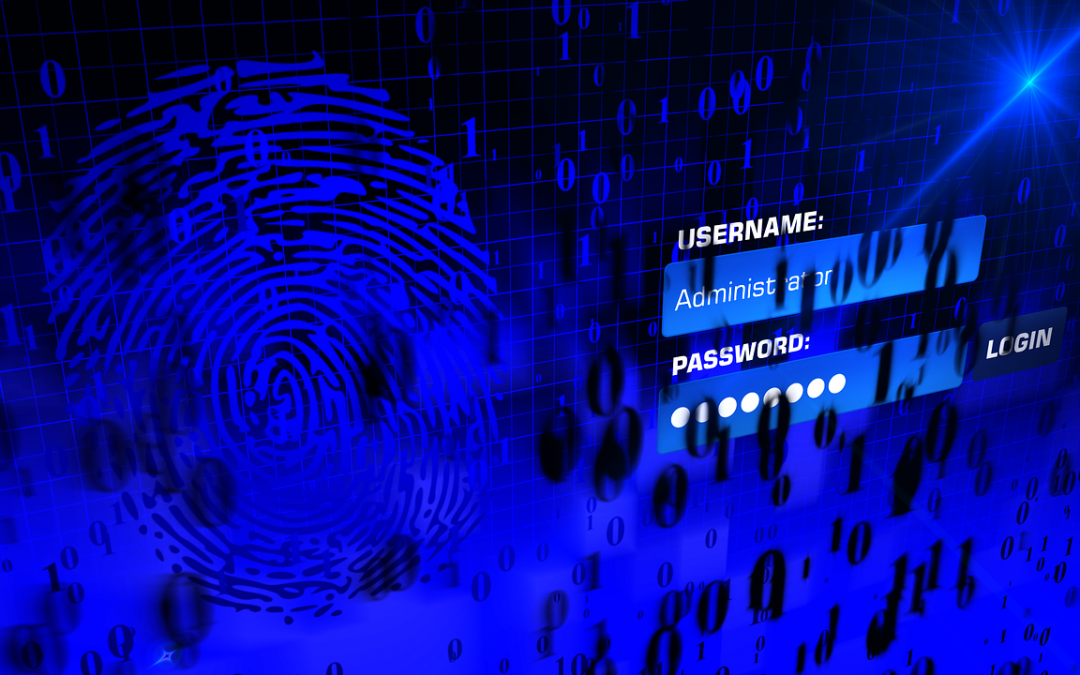With the incorporation of the internet and new technologies in almost all areas of our lives, we are more exposed and we are facing new risks as users. This is evident and easy to see due to the increase of cases of cyber attacks and their scope. Our data is a great treasure that we MUST learn to protect before it is too late.
As internet users, we need to become aware of the problematic, and if haven’t yet, start taking certain measures to increase our cybersecurity. A first step in that way would be to learn how to securely manage our passwords that are used to access the different internet services such as Gmail, Outlook, bank accounts, private servers, among others.
The purpose of this article is to help you to overcome this challenge by providing you with tips and advises on how you can create strong passwords and how to not forget about them.
These tips are meant to help you achieve the following main points:
1. What should NOT be included in our password?
• Our name, our children’s, partner’s or pet’s, as well as any personal information.
• Consecutive series: neither alphabetic (eg abcd) nor numeric (eg 1234). Contiguous QWERTY keyboard characters (eg, zxcv) are also not recommended.
• Words belonging to any known language. There are hackers who make comparisons with all the words in a dictionary.
2. What characters we MUST include in our passwords?
• Upper case and lower case.
• Numbers.
• Special characters such as “# & % +” among others.
• At least 10 or 12 characters long.
3. How can we create a password that is both secure and easy to remember?
• Construct it from a phrase that has a special meaning for you, use the first letter of each word that conforms and see interspersing lowercase and capital letters with the criterion of your choice. Then replace some with numbers that look like and finally some special character (you can include some emoticon if you want). Make sure anything you choose is easy to remember for you.
Example:
Phrase: the green cat is really happy
- tgCirRh
- tgC1rRh
- <tgC1rRh;-)>
• You can also do the same from 2 words with which you identify (try to be as long). Interleaving the letters of both.
Example:
Words: secure, login.
- slEocGuiRnE
- 5lE0cGu1Rn3
- <5lE0cGu1Rn3;-)>
• Attention! It is important not to be tempted to use the same password on various internet services. This is a usual mistake made by many. In order not to make it difficult to remember a different key for each site, we can make variations on the same basis. Playing with the names of the service and placing a reference to them at the beginning or end of our password.
Example:
Service: Gmail
- slEocGuiRnE
- 5lE0cGu1Rn3
- <5lE0cGu1Rn3;-)>> gMl
• If in spite of all this we feel that we can forget our passwords, please do not use to save them in writing or in some public place. It is better practice, to resort to some tool that allows us to store them with safety guarantees. Hush is an application that, among its many resources, will allow you to store your passwords securely by applying end-to-end encryption. In addition, you will also have the option of encrypting sensitive data or any kind of file, to safeguard them from malicious third parties.
Become a web surfer aware of the importance of ensuring your cybersecurity, minimise risks.
You may also be interested in: Cyber attack KRACK: It reminds us that cybersecurity is a task in constant evolution


¡Artículo muy interesante sobre cómo crear contraseñas seguras! En el punto en el que se habla de qué no se debe incluir en nuestras contraseñas, nos parece muy interesante que se incluya el NO utilizar palabras de cualquier idioma conocido ¡Hay mucha gente que lo hace!
En el punto que habla de caracteres a incluir en nuestras contraseñas, desde mantenimientoinformatico.madrid, también vemos interesante utilizar las abreviaturas de la página o perfil. Por ejemplo, si has elegido una frase que tiene especial significado para ti (egVefDv) y la contraseña es para Instagram, puedes poner al inicio o al final de la contraseña la abreviatura IG (egVefDvIG).
Otra idea que podemos aportar a este artículo es jugar con el teclado. Puedes escoger una serie de números que te resulte sencilla, por ejemplo, una fecha especial (452113) y añadir al lado de cada número la letra que tiene justo debajo del teclado (4rfv5tgb2wsx1qaz1qaz3edc) Para conseguir que la contraseña sea más segura, cambia algún número por un símbolo y añade alguna mayúscula (4RFV%tgb2wsx1qaz1qaz3edc)
Es cierto que existen aplicaciones y herramientas que ayudan a almacenar las contraseñas con seguridad. Pero también hay softwares que tienen incorporado un programa para administrar las contraseñas.
¡Esperamos que nuestra aportación haya servido para complementar este artículo tan interesante y útil para crear contraseñas!